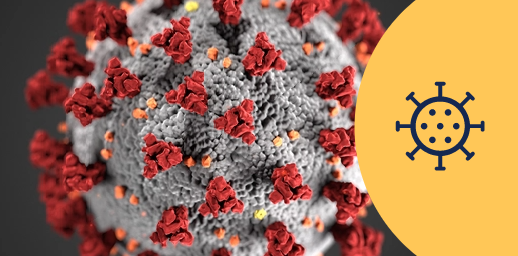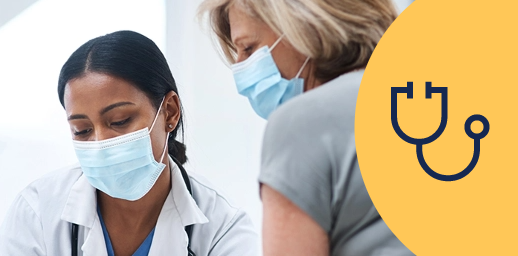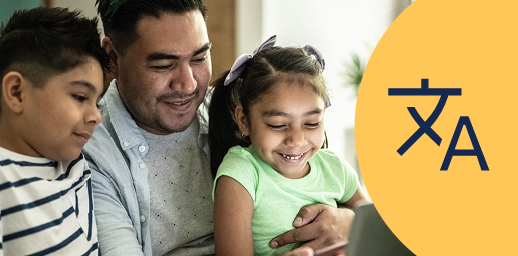RECOVER: Researching COVID to Enhance Recovery
Long COVID is real. Millions of people who had COVID-19 still have symptoms lasting months or years.
We created RECOVER to understand, diagnose, prevent, and treat Long COVID and help people who are suffering.
Learn more about Long COVID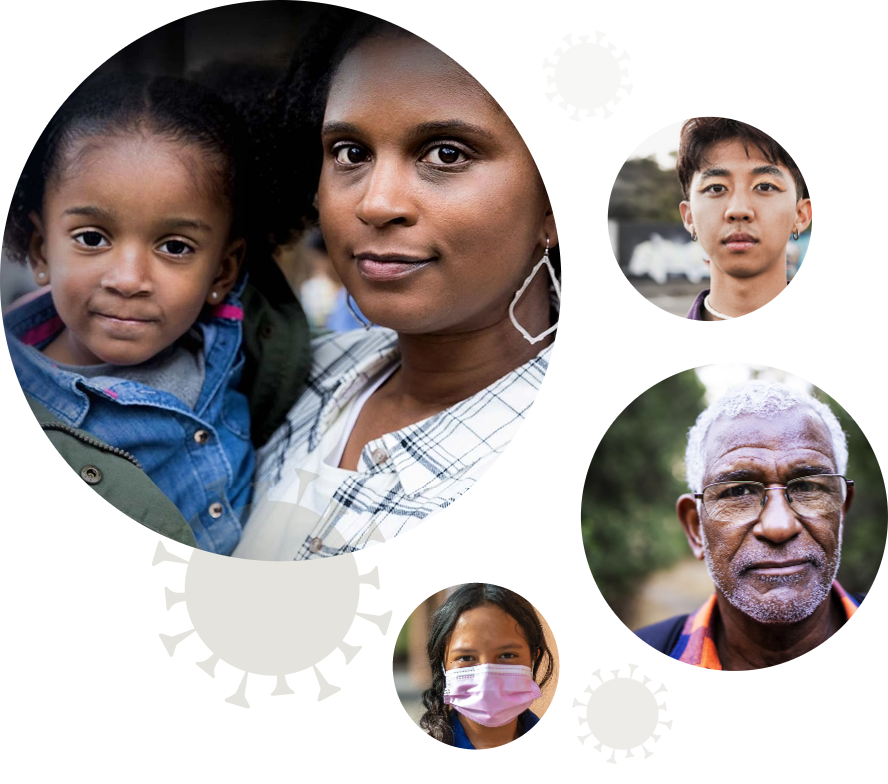
The RECOVER Initiative
Millions of Americans suffer from Long COVID. This disease affects each person differently, so no single research study can provide all the answers to Long COVID for everyone. The National Institutes of Health (NIH) created the RECOVER Initiative to find answers across many different types of research studies.
RECOVER brings together clinicians, scientists, caregivers, patients, and community members to understand, treat, and prevent Long COVID. We’ve created the world’s most comprehensive and diverse group of Long COVID study participants.
We’re learning about Long COVID and testing different treatments. We’re sharing our research, quickly learning from it, adapting, and constantly refocusing our efforts to ease suffering for millions of people.
Together, we are working to understand, treat, and prevent Long COVID.
Latest News and Updates
Explore RECOVER’s progress and find out how to get involved:
RECOVER Research
Each RECOVER research team can use all RECOVER data and findings to inform and improve their study. This way, we can learn more quickly about this complex condition and better understand, treat, and prevent Long COVID.
Researchers study the health and symptoms of thousands of participants over several years. No treatments or medicines are provided.
Researchers study people who have died after having COVID, including people who did not have Long COVID.
Researchers study lab samples from people with and without Long COVID to understand how COVID affects different body systems.
Researchers study millions of medical records, called EHR, to understand changes over time, learn who may have Long COVID, and learn how to treat or prevent it.
Researchers study possible treatments such as drugs, medical devices, or other approaches to learn how to treat Long COVID symptoms.
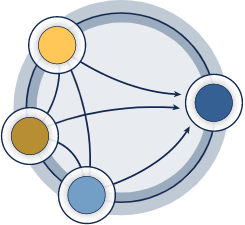
RECOVER Research
Each RECOVER research team can use all RECOVER data and findings to inform and improve their study. This way, we can learn more quickly about this complex condition and better understand, treat, and prevent Long COVID.

Researchers study the health and symptoms of thousands of participants over several years. No treatments or medicines are provided.
Researchers study people who have died after having COVID, including people who did not have Long COVID.
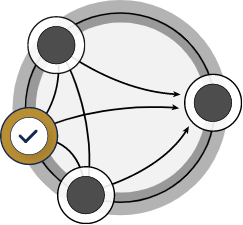
Researchers study lab samples from people with and without Long COVID to understand how COVID affects different body systems.
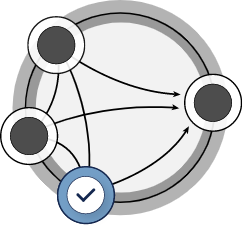
Researchers study millions of medical records, called EHR, to understand changes over time, learn who may have Long COVID, and learn how to treat or prevent it.
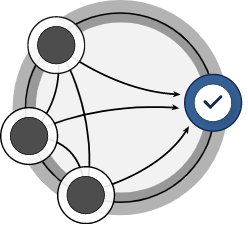
Researchers study possible treatments such as drugs, medical devices, or other approaches to learn how to treat Long COVID symptoms.
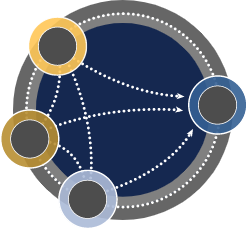
Data is shared between the different types of RECOVER research to inform clinical trials.
RECOVER Enrollment
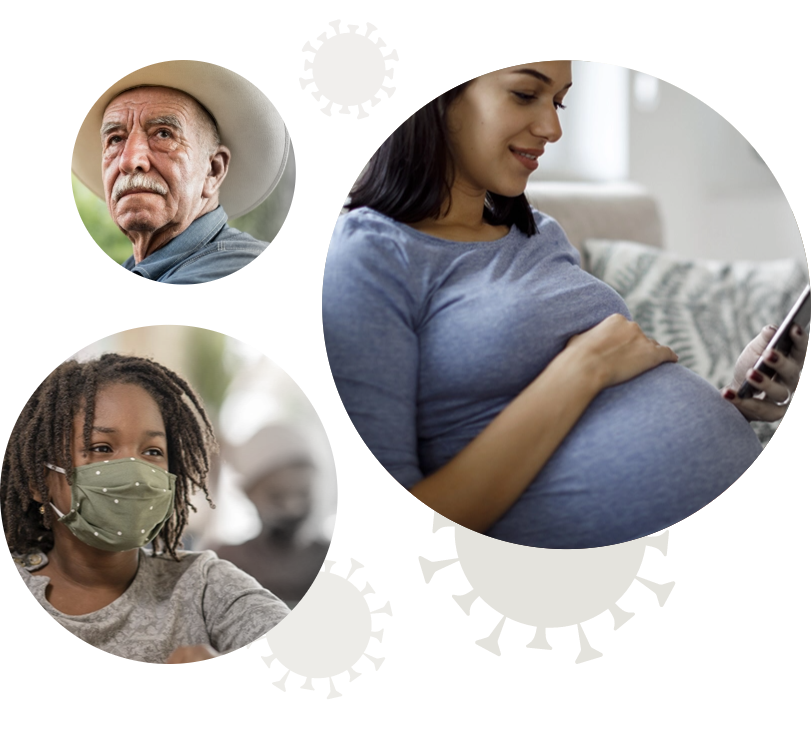
Still enrolling:
Enrollment completed:
- RECOVER-VITAL
- RECOVER-NEURO
Still enrolling:
Enrollment completed:
- Adult Cohort (non-Pregnant)
- Pregnancy Cohort
How Can I Participate?
Participate in a study
Participants in RECOVER observational cohort studies join for several years to help understand who gets Long COVID and why; what symptoms people have; how Long COVID affects people’s health over time. RECOVER is currently enrolling babies, children, and young adults in cohort studies.
RECOVER clinical trials test the safety and effectiveness of treatments for symptoms of Long COVID. The clinical trials test possible treatments for Long COVID symptoms. Treatments include drugs, biologics (medicines that come from blood or plasma), medical devices, and other therapies.
Help inform the next phase of RECOVER clinical trials
NIH invites the Long COVID community to respond to a request for information (RFI) about RECOVER-Treating Long COVID (RECOVER-TLC). Patients, caregivers, healthcare providers, and researchers can help the National Institute of Allergy and Infectious Diseases (NIAID), in collaboration with the National Heart, Lung, and Blood Institute (NHLBI), the National Institute of Neurological Disorders and Stroke (NINDS), and the Foundation for the NIH (FNIH), build on RECOVER’s progress by:
- Identifying potential Long COVID treatments to be tested in RECOVER-TLC clinical trials
- Suggesting biomarkers (measurable signs that someone has or could develop Long COVID) to be used in RECOVER-TLC clinical trials
- Volunteering to serve on a RECOVER-TLC working group
- Providing general feedback about RECOVER-TLC
Explore COVID-19 Resources
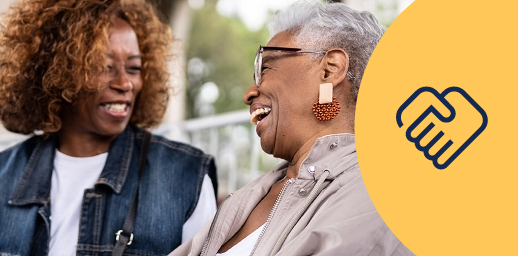
Find information to help reach communities hit hardest by the pandemic.
